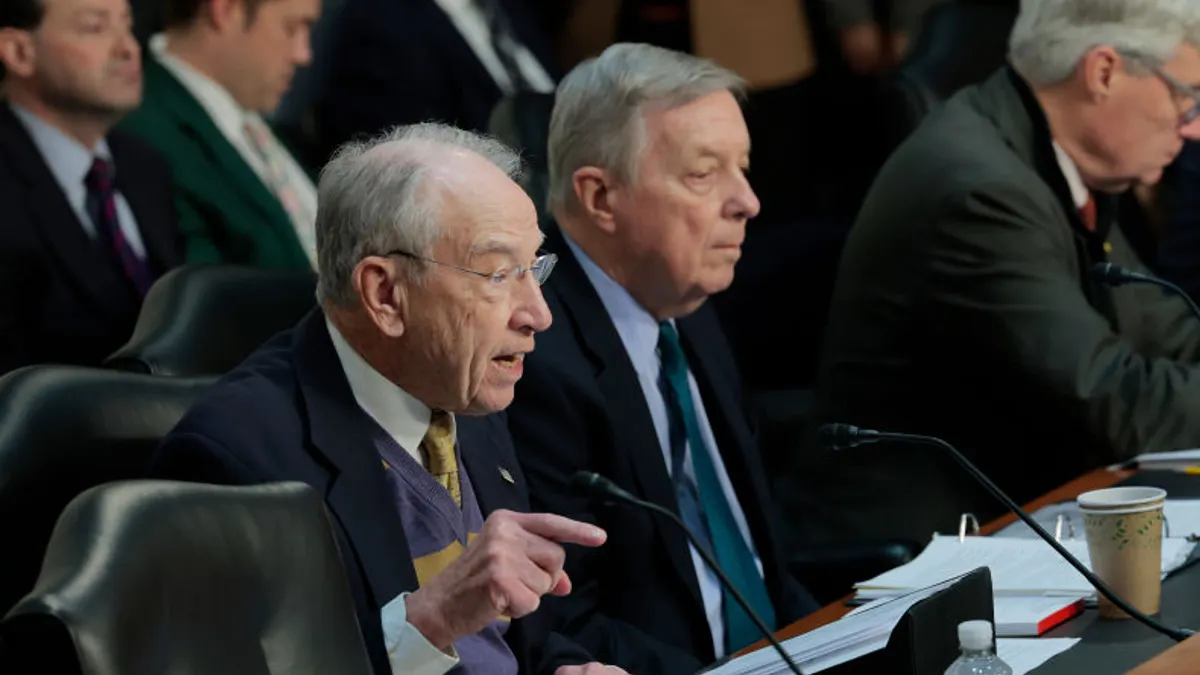Dive Brief:
- The pay gap between hospital executives and average employees is on the rise, even after a bump in some frontline workers’ wages during the early years of the COVID-19 pandemic, according to a study published this month in Health Affairs.
- Nonprofit hospital CEOs were paid 10.2 times the average wage of all hospital workers in 2009. That ratio increased nearly 18% to a 12-fold difference by 2023, researchers found.
- Overall, the average wage of hospital CEOs rose by 27.5% from 2009 to 2023, while the average pay for all employees rose 9.8%.
Dive Insight:
The average annual wage for CEOs rose from $813,657.60 in 2009 to $1,037,182.70 in 2023, according to the study, which evaluated pay at more than 1,400 nonprofit hospitals.
Meanwhile, the average pay of employees increased from $76,837.30 to $84,370.50.
Although CEO pay growth outpaced worker pay over the 14-year study period, the ratio decreased during the pandemic, falling nearly 8% in 2019 and 2020 before rebounding over the next three years.
During the pandemic, wages among nonphysician contract positions that provide direct patient care increased the most — possibly due to the surge in travel nursing in the midst of the coronavirus pandemic, according to the study. Hospitals spent more to attract staff and contract labor during the pandemic as health systems struggled with heightened turnover and persistent employee burnout.
Teaching hospitals and urban facilities as well as larger chain hospitals were linked to higher CEO wages and larger discrepancies between CEO and worker pay in 2023.
However, nonteaching, nonurban, smaller and nonchain hospitals saw the largest percentage increases in executive pay compared with the prepandemic period, possibly because baseline pay at teaching, urban, large and chain hospitals was already elevated — making absolute increases appear smaller in percentage terms, the study found.
Wage inequality at nonprofit hospitals should be a significant concern, given the impact of low pay on these hospitals’ communities, researchers wrote. Nonprofits are exempt from most state and federal taxes, as these facilities have to provide care even when patients can’t afford services.
However, previous research has found charity care policies vary widely among nonprofit facilities, and the tax breaks received by hospitals may exceed the amount they spend on charity care or community investment.
Meanwhile, hospitals are often major employers in their communities — so depressed pay could have a significant impact outside their walls, according to the latest Health Affairs analysis.
“In light of nonprofit hospitals’ favorable tax status, measures of wage inequality may be considered in broader discussions of nonprofit hospitals’ contribution to their communities, including their effect on local economic inequality,” researchers wrote.















